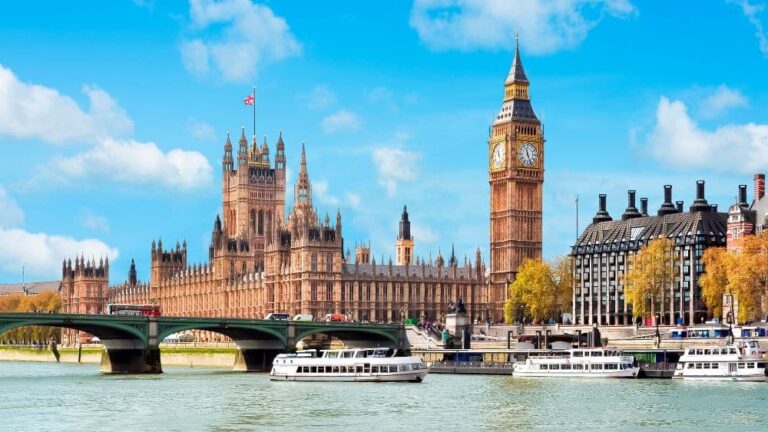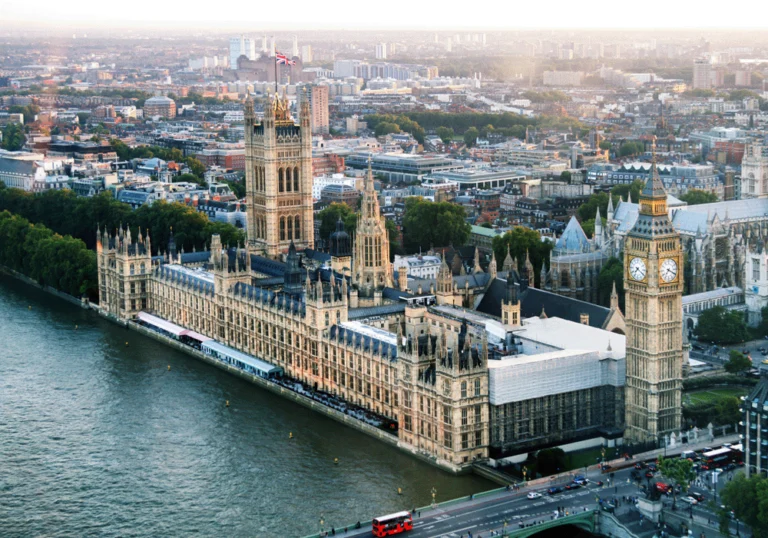
Changes to capital gains tax (CGT) and inheritance tax (IHT) in the 2024 Budget
The anticipation of increases to CGT and IHT was fervent. There were a number of announcements made in the Budget which may not have been at the most feared end of the spectrum, but nonetheless could have a meaningful impact for some individuals and business owners or those in agriculture.
Capital gains tax
We have ended up in recent years with a variety of CGT rates. The rates of CGT for most non-residential gains has increased from 10% to 18% for gains within the basic rate band and from 20% to 24% thereafter. Personal representatives of estates and trustees of trusts will be subject to a flat 24% rate rather than 20%.
This at least removes two rates from the list, by aligning them with residential property gains. This change is effective immediately.
Carried interest gains are the subject of a separate article by my colleague Youcef Toumi and are set to increase to 32% from April 2025.
Business asset disposal relief (BADR) was widely expected to be abolished. This provided for a 10% CGT rate on disposals of certain business assets, subject to a lifetime limit of £1m. However, that has not happened and the lifetime limit has remained at £1m. The 10% rate however will increase to 14% in April 2025 and to 18% from April 2026.
Investor relief is similar to BADR and this provided for a 10% CGT rate on disposals of certain investment assets, subject to a lifetime limit of £10m. As for BADR the 10% rate will increase to 14% in April 2025 and to 18% from April 2026. The lifetime limit has been reduced to £1m with immediate effect. For those that have already made gains of more than £1m, no further relief is available.
The CGT changes could have been worse. They can be summarised as follows:
| Capital gains tax rates | ||||
| Before the Budget | From 30 October 2024 | From 6 April 2025 | From 5 April 2026 | |
| Shares, non-residential property | ||||
| Basic rate | 10% | 18% | 18% | 18% |
| Main rate / estates | 20% | 24% | 24% | 24% |
| Residential property | ||||
| Basic rate | 18% | 18% | 18% | 18% |
| Main rate | 24% | 24% | 24% | 24% |
| Carried Interest | ||||
| Basic rate | 18% | 18% | 32% | |
| Main rate | 28% | 28% | 32% | N/A |
| Investors relief | ||||
| Rate of tax | 10% | 10% | 14% | |
| Lifetime allowance | 10,000,000 | 1,000,000 | 1,000,000 | |
| Rising to 18% from 6 April 2026 | ||||
| Business asset disposal relief / investors relief | ||||
| Rate of tax | 10% | 10% | 14% | 18% |
| Lifetime allowance | 1,000,000 / 10,000,000 | 1,000,000 | 1,000,000 | |
Inheritance tax
There were a number of changes announced. The first is the continued freezing of the £325k nil rate band and the up to £175k residence nil rate band. These will remain unchanged until at least 2030.
In a positive move, agricultural property relief (APR) is extending to certain environmental land management agreements from 6 April 2025.
However, from 6 April 2026 both APR and business property relief (BPR) will be subject to a combined £1m limit. It will apply proportionately if both apply to the same estate. Thereafter the reliefs will be restricted to a 50% relief rather than the 100% relief we have in most cases today. Larger farms and business assets will be subject to an effective 20% IHT rate over the £1m threshold from 2026 as a result.
The £1m threshold will not be transferrable between spouses. It may therefore be less attractive to leave qualifying assets to a spouse on death rather than a chargeable beneficiary.
The £1m limit also applies where qualifying assets have been gifted (from today) in the seven years prior to death, so the gifts are brought back into the equation for IHT purposes. Gifts made before today can still qualify for 100% relief.Where a trust owns qualifying assets the £1m limit will apply to each existing trust but for trusts set up from 30 October 2024 it will be shared across all new trusts set up by the same settlor.
Careful succession planning will be ever more important to allow farms and businesses to be passed on as tax efficiently as possible. This may include restructuring of the business ownership and the careful drafting of Wills. Existing Wills should also be reviewed. For example, those with particular arrangements in their Will may need to consider the effect of the APR and BPR changes as they could result in an IHT charge which wasn’t envisaged when the Wills were originally drafted.
It is worth noting that whilst the IHT on farms and businesses can be paid over ten annual instalments, they are interest bearing and still of course need to be funded. Where the only asset in an estate is the farm or the business then planning how to fund any IHT will need careful thought.
Shares classed as unlisted by virtue of being only on the alternative investment market (AIM) and certain other stock exchanges can currently enjoy full BPR. That will be restricted to 50% under the BPR changes and will not qualify to fall within the £1m limit otherwise available for BPR/APR assets.
Qualifying pension funds are currently not subject to IHT and can be passed on death outside of the taxable estate. A consultation has been announced with a view to removing this exemption from April 2027. It is proposed that pension funds would fall into a person’s estate from then. Where the fund passes to a surviving spouse or civil partner then they will still inherit the fund free of IHT, although it may impact on the residence nil rate band if pushing the estate over £2m. However, where the fund passes other than to a spouse or civil partner it will be subject to IHT, unless within the usual nil rate band. This will particularly impact unmarried couples where the survivor will receive the pension fund on the death of their partner. Lifetime pension planning will be important and particular care should be taken to review pension wishes on death.
IHT is also changing for non-domiciled individuals as the ‘non-dom’ regime is being abolished from 6 April 2025. IHT will no longer be assessed based on domicile, but will follow a residence based approach. This will affect the scope of non-UK property brought into the scope of UK IHT where an individual has been resident in the UK for 10 out of the previous 20 tax years. They will then remain within the scope for up to 10 year after leaving the UK.
The impact of the various changes and the most appropriate action that can be taken will become clearer over time. Please do take professional advice regarding their impact on your affairs.












